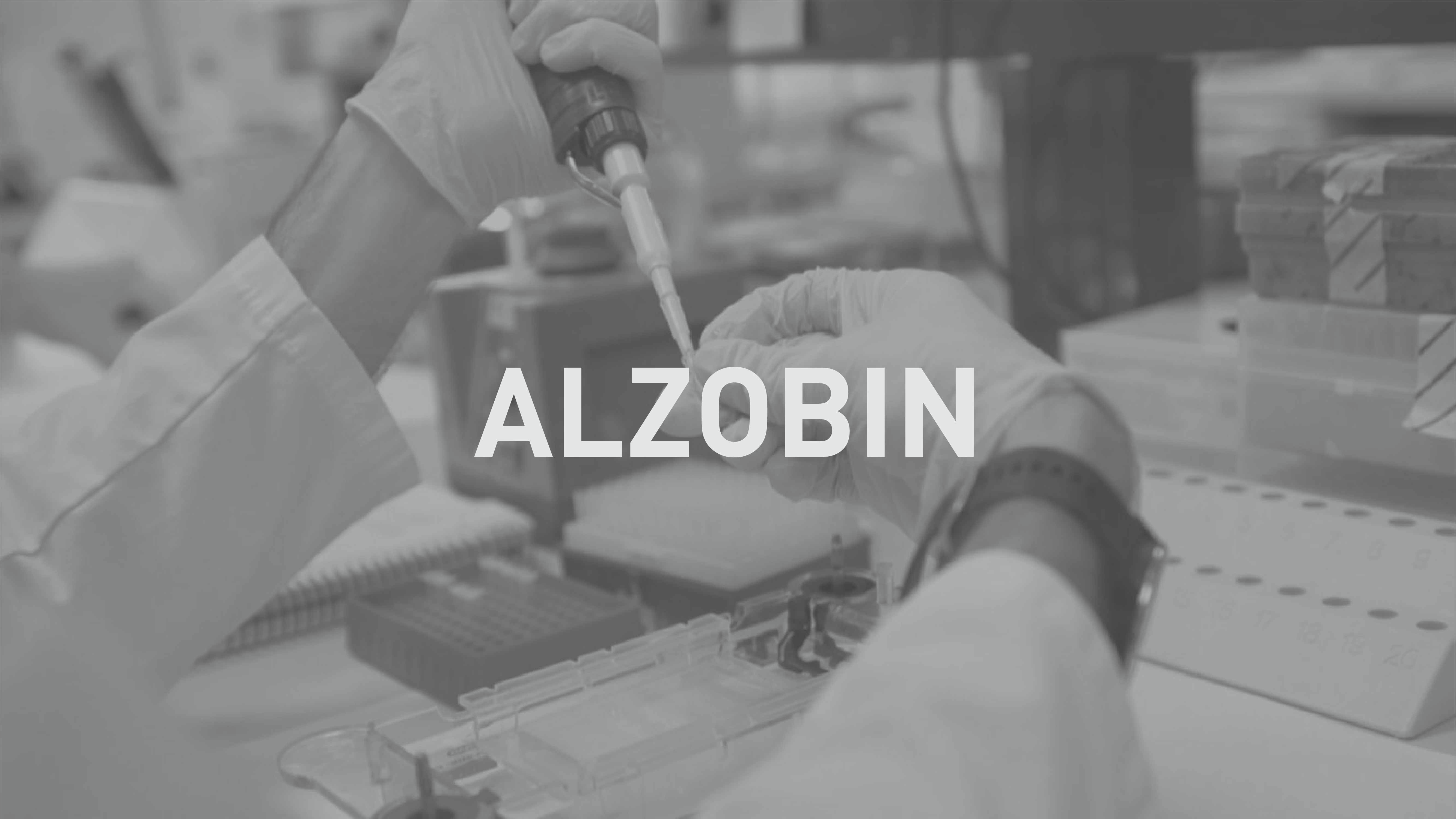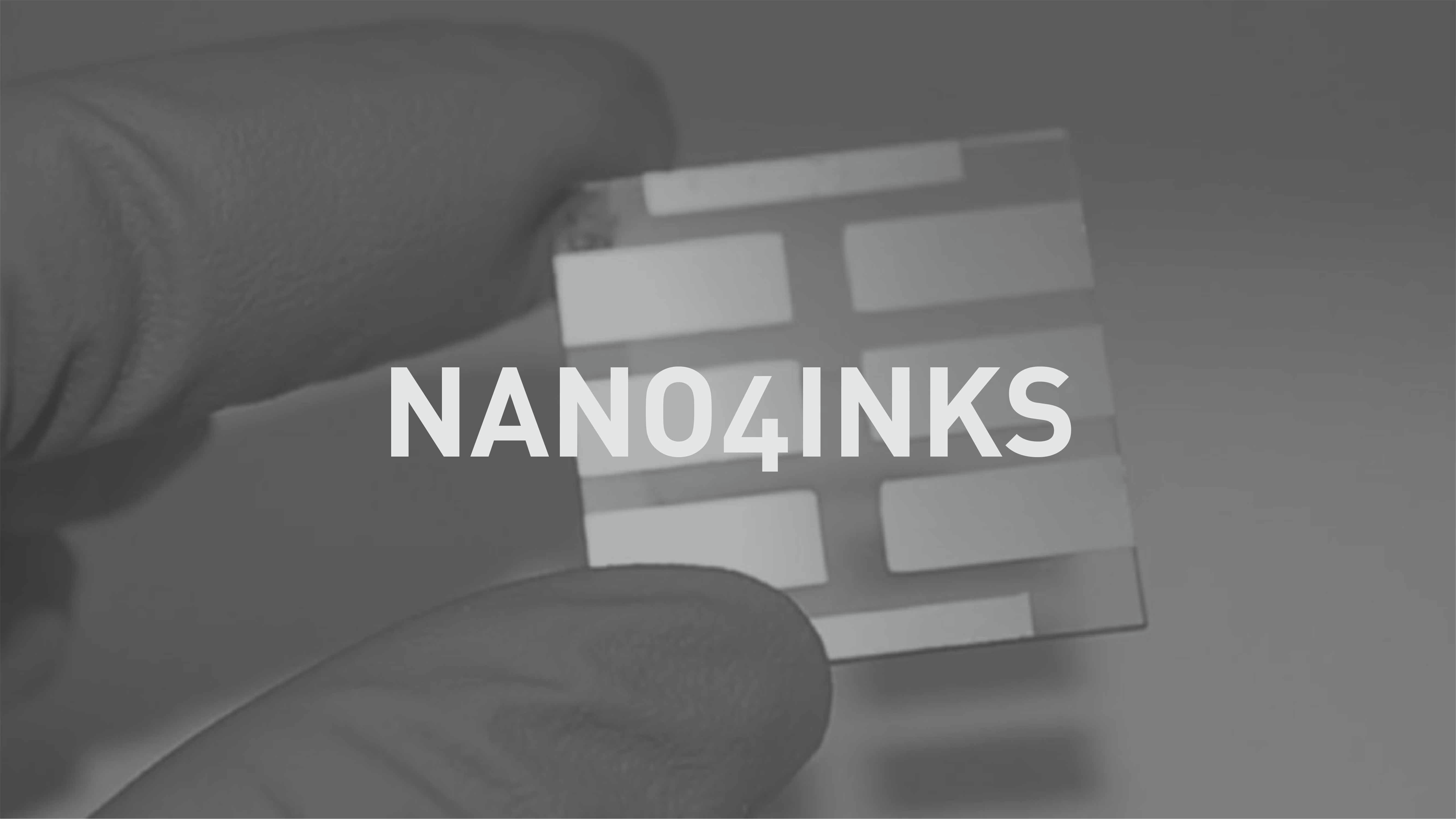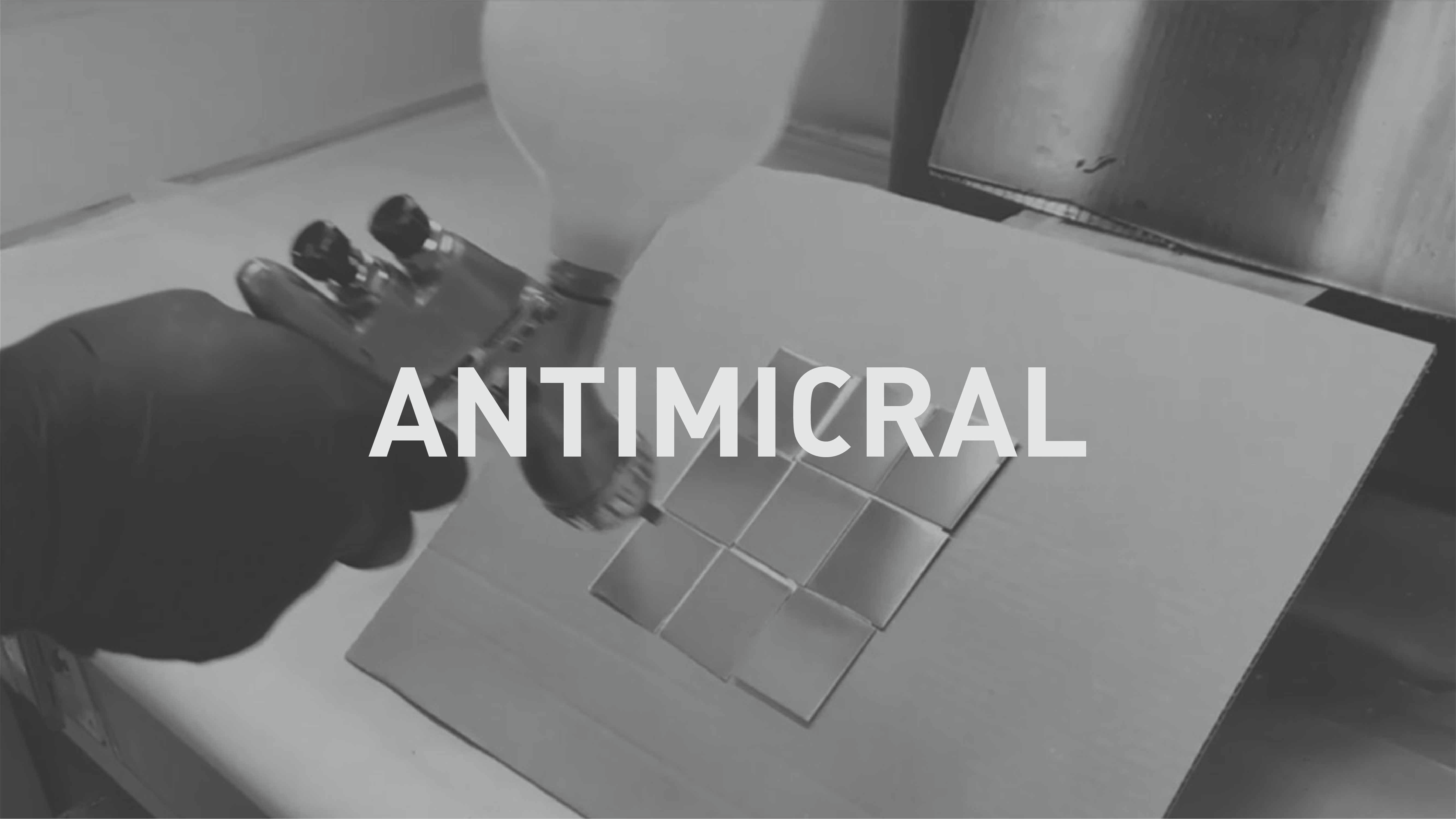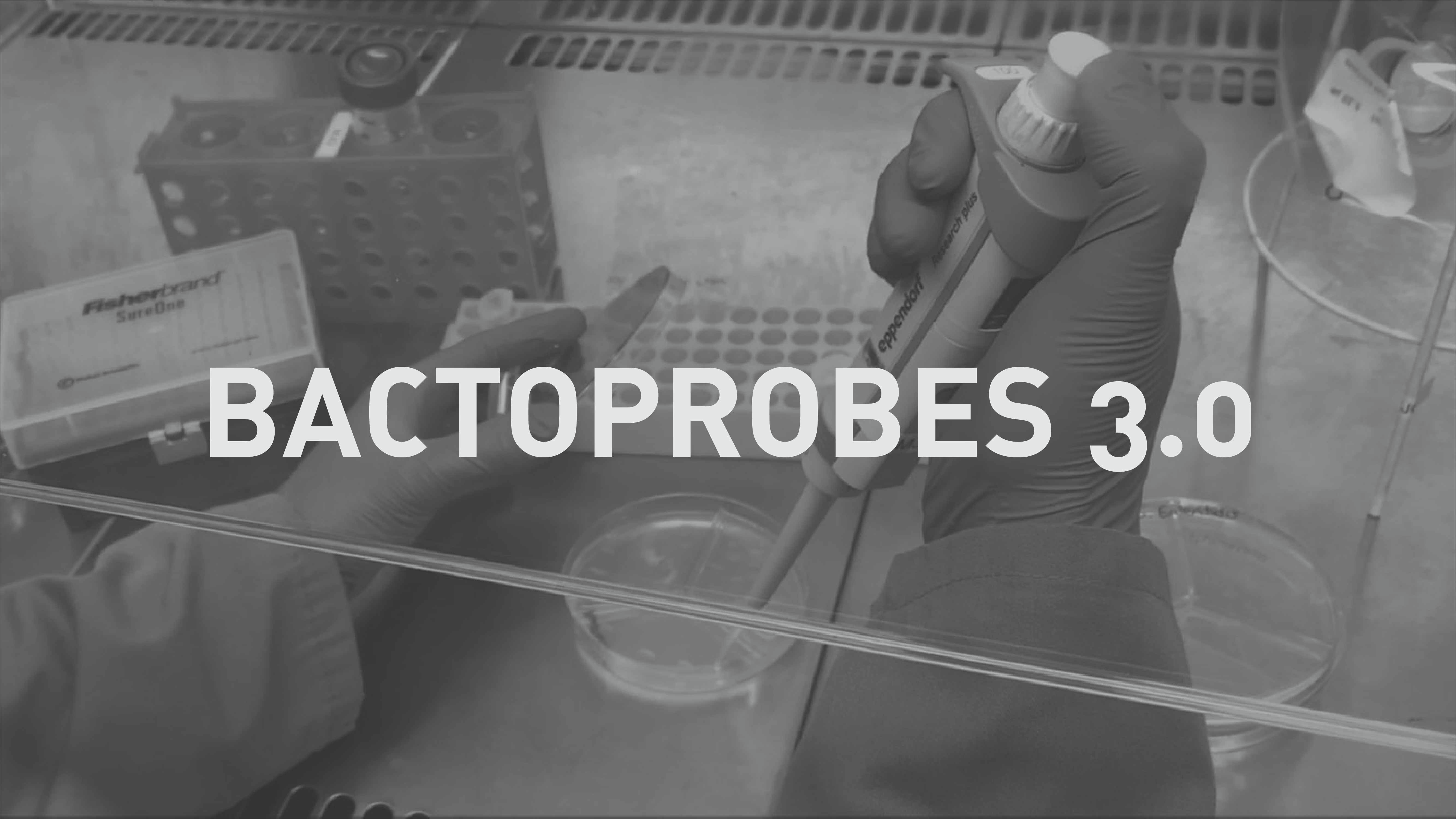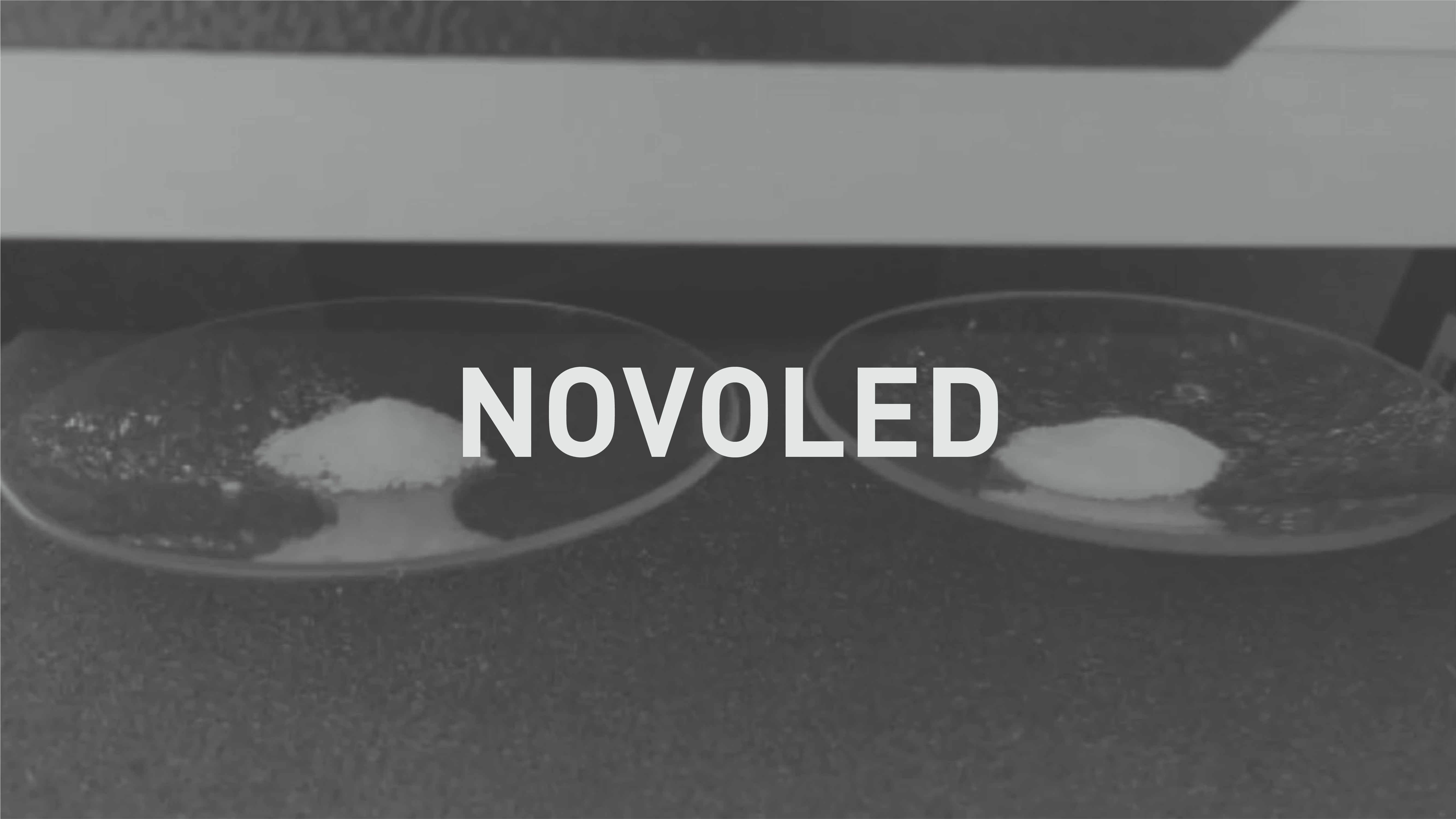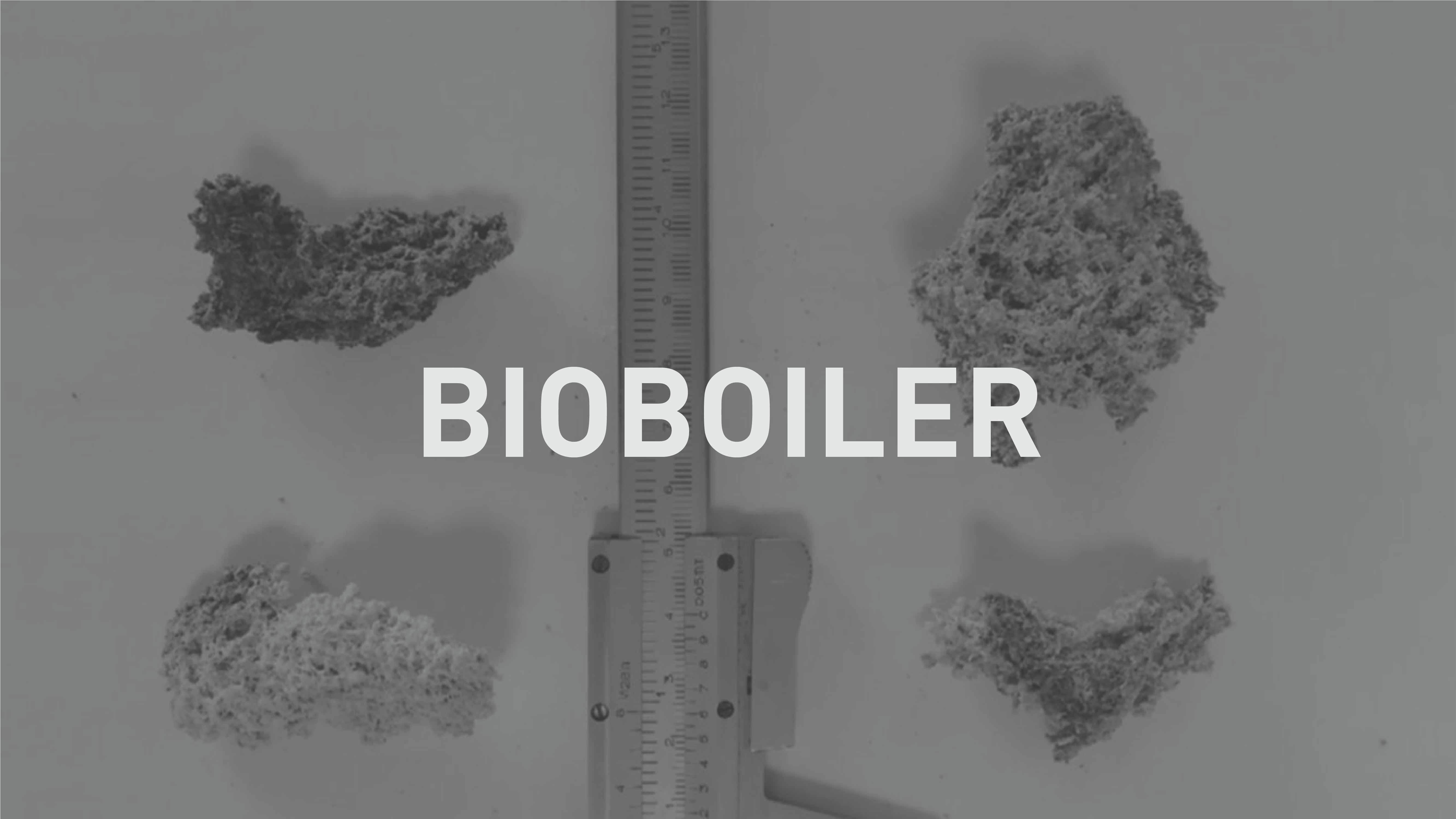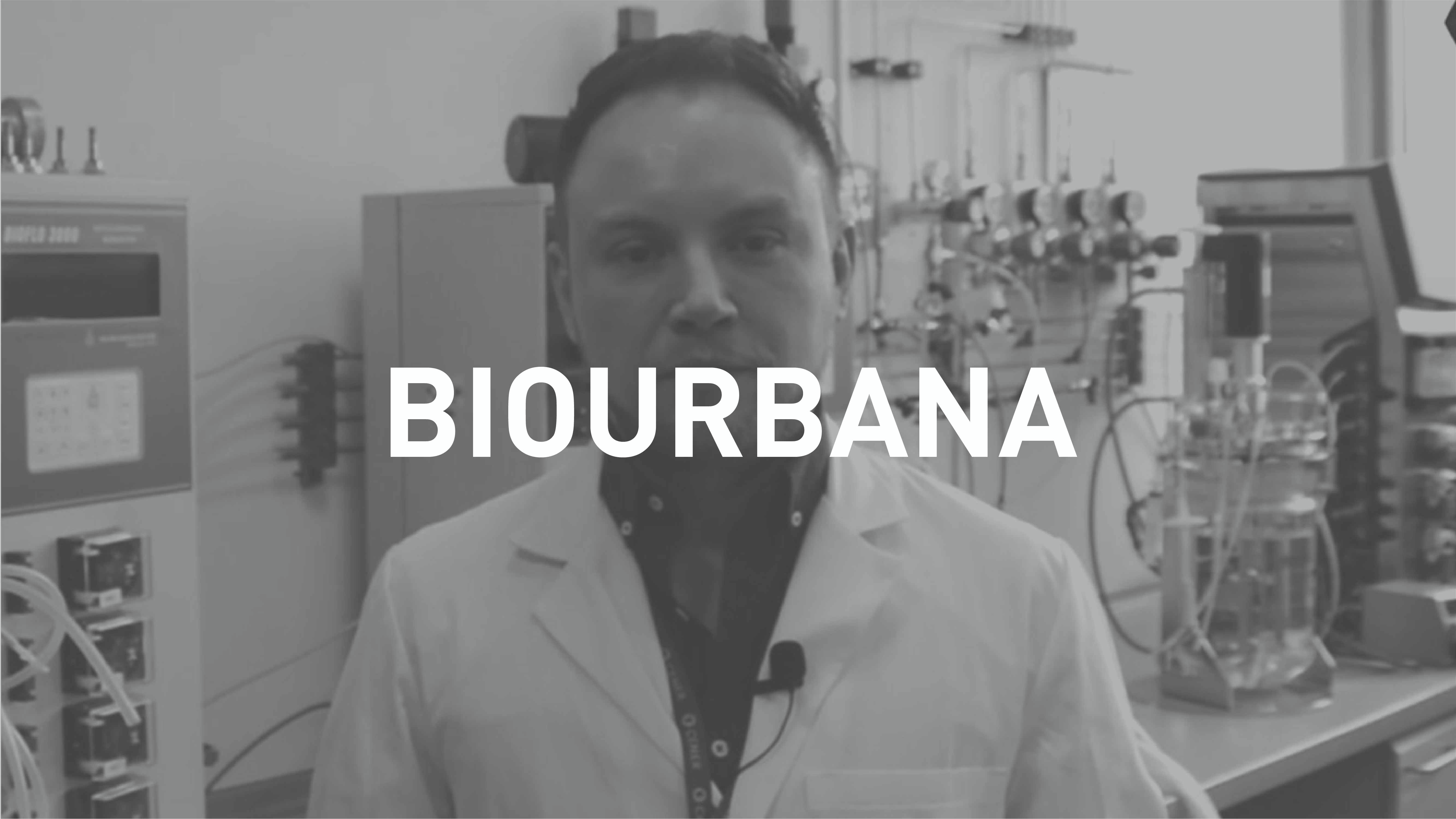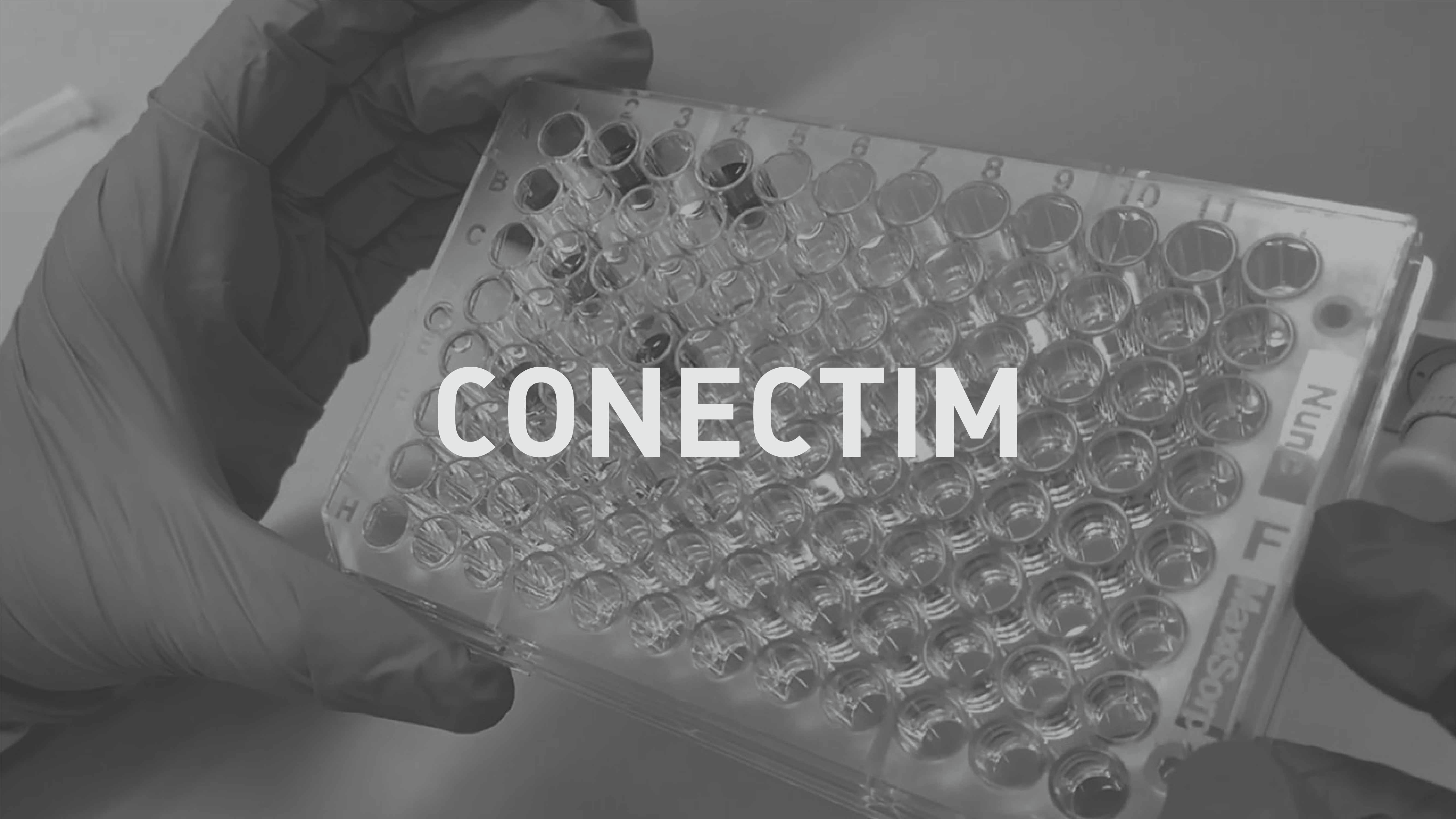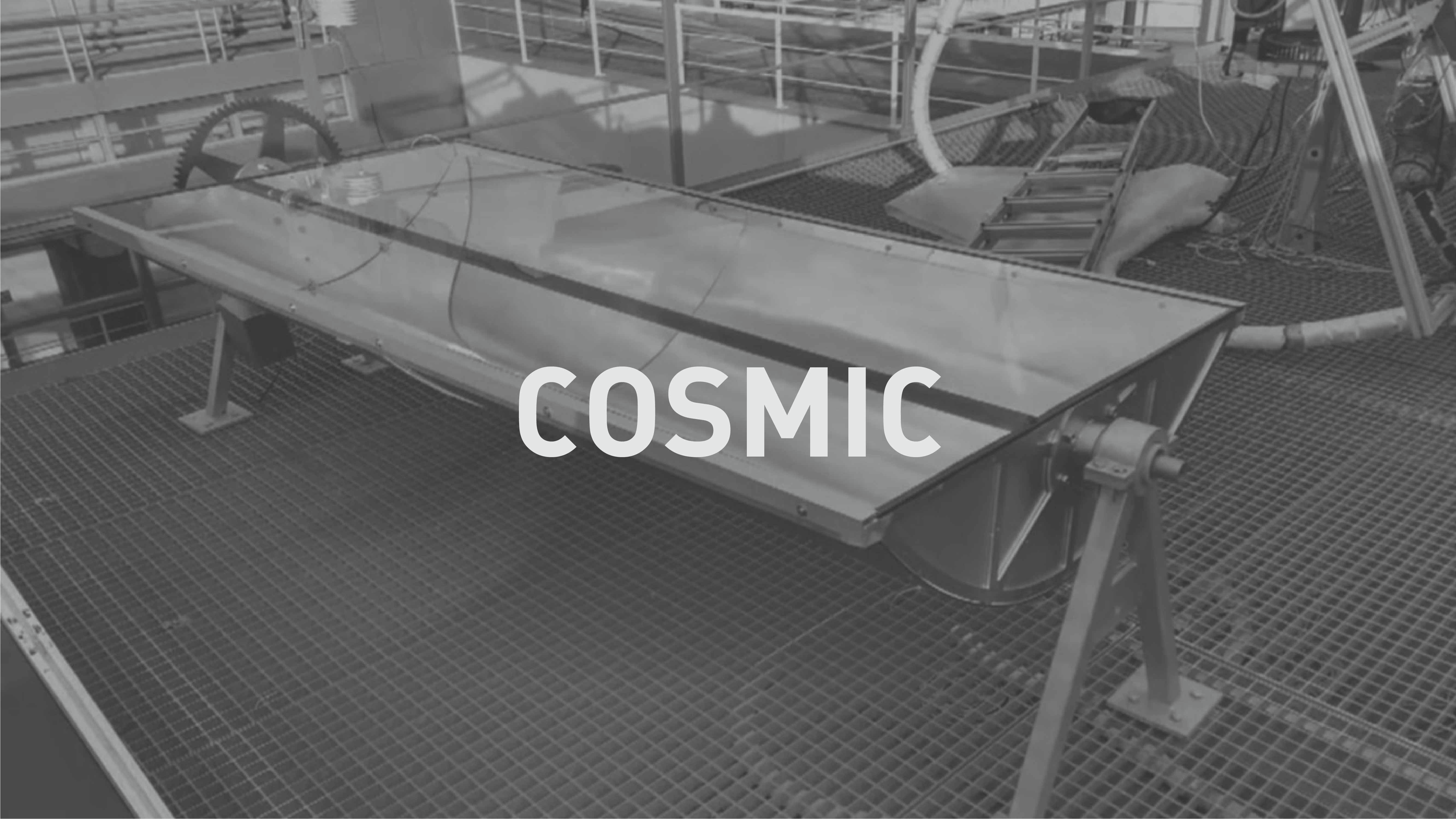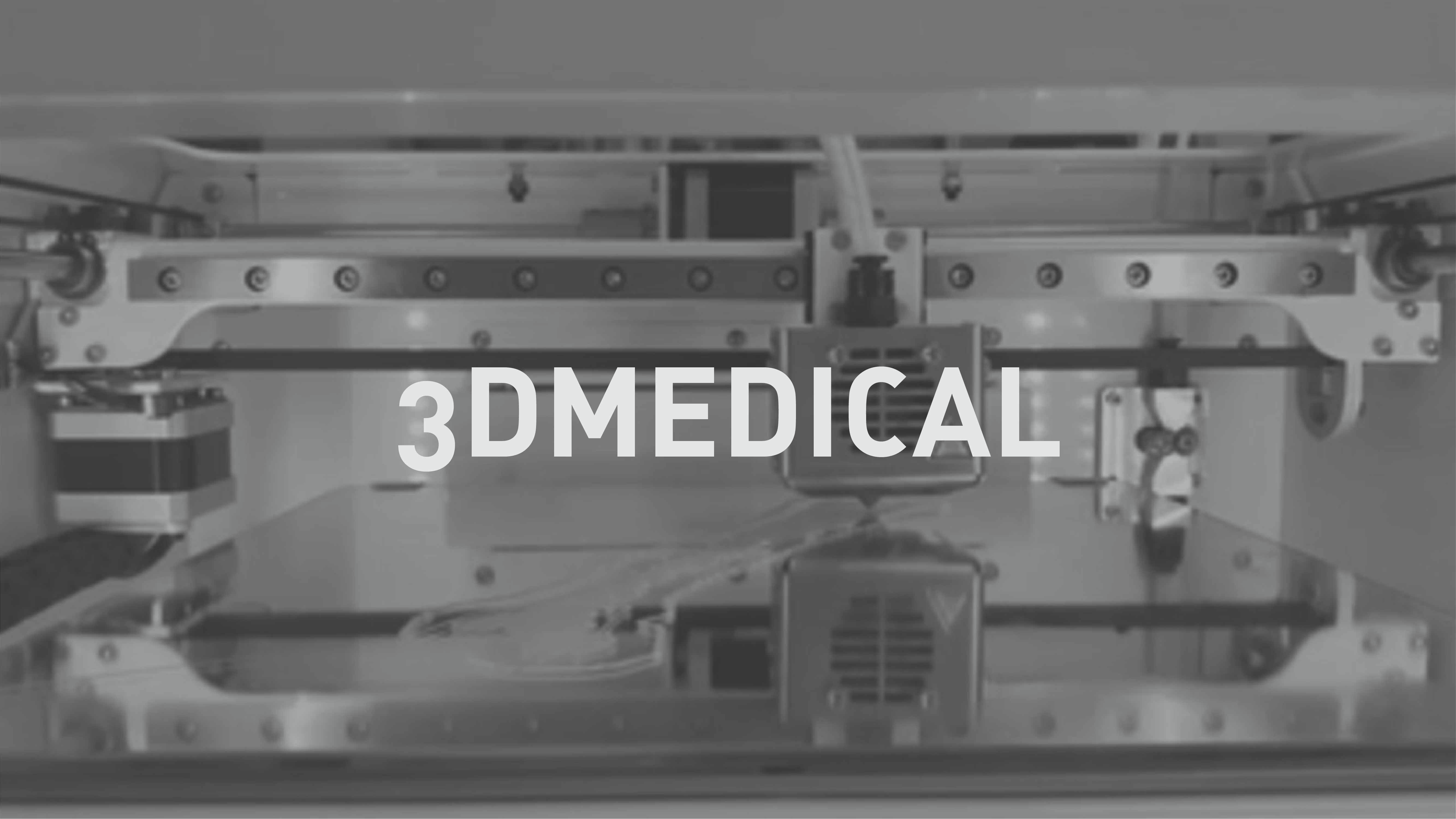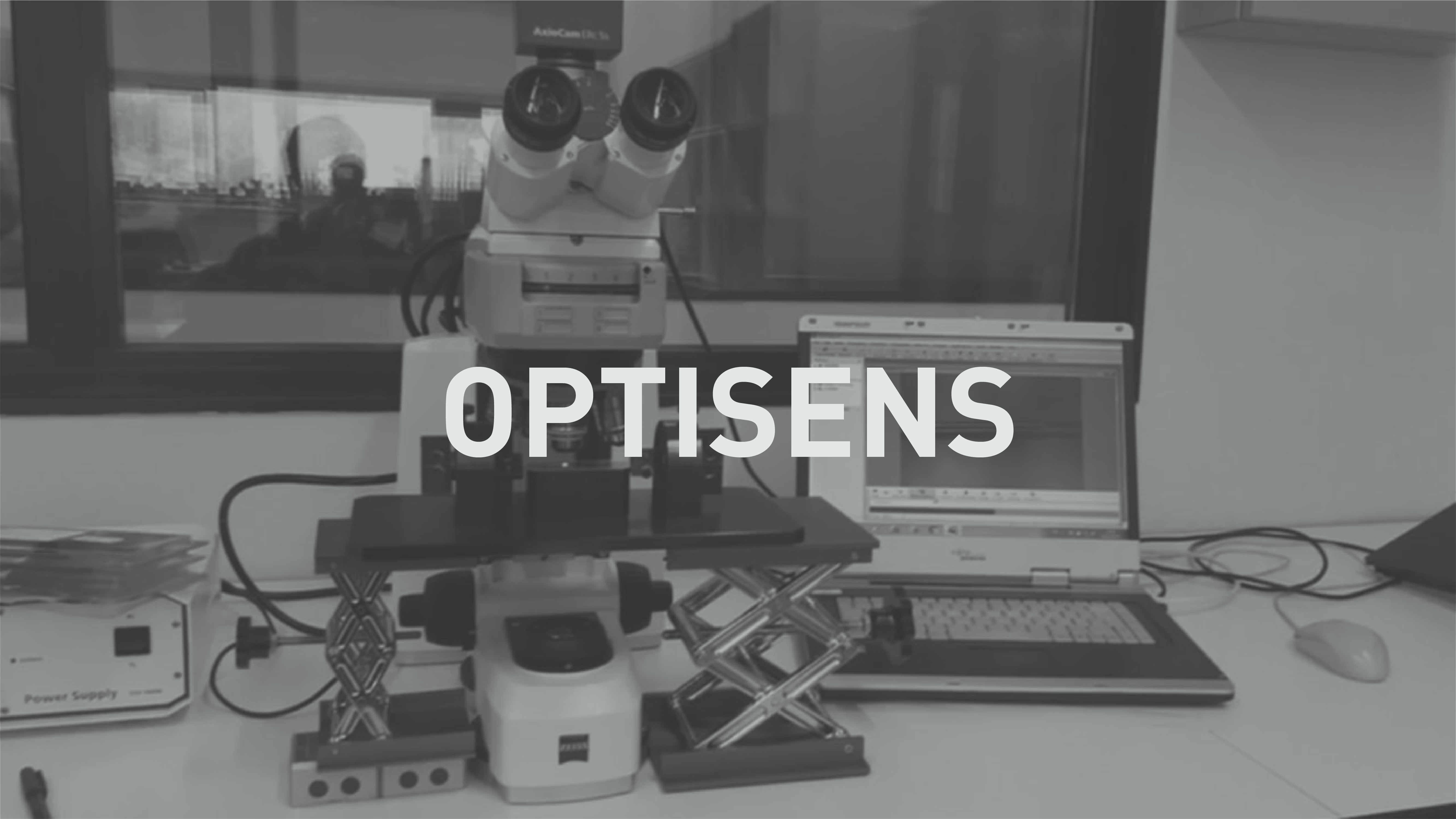Nevertheless, many of the bioactive compounds with a potential use for preventing diseases are not absorbed well. Furthermore, those unabsorbed compounds can be transformed by the microbiota creating metabolites that may themselves be bioactive. That means the effectiveness of the compounds depends on diverse factors that may affect the microbiota, like diet or some diseases.
Thus the goal of the project, carried out in collaboration with CNTA, is to evaluate whether direct administration of any of the previously encapsulated metabolites for improving bioavailability might be more effective for treating or preventing obesity or metabolic syndrome than using the bioactive compounds themselves.
As mentioned, the premise is the hypothesis that some metabolites produced by the microbiota from polyphenol may have useful biological effects for metabolic syndrome associated with obesity.
To those ends, the activity of two series of compounds that include a bioactive, its precursor and a metabolite produced by the microbiota action have been evaluated in the first project year. A C. elegans screening model that we have extensive experience with was used for the evaluations. With the model we can evaluate the reduction of accumulated fat after administering the compounds.
The first phase let us select the two compounds with the greatest fat reducing effect, which will be the ones that will be tested in the following phases of the project. In addition, in that phase we could corroborate how the action of the bacterial metabolism modifies the biological effect of the compounds tested, confirming our hypothesis that that effect can be influenced by the metabolic action of colon bacteria.
In a second phase, the pharmacokinetics of the selected compounds were evaluated in a diet induced obesity model. The results made it possible to see the bioavailability of the compounds. The model developed will subsequently make it possible to evaluate the effectiveness of the compounds over different parameters associated with obesity (e.g. glycemia), when administered via parenteral route, in other words, when their activity is not limited by intestinal absorption or other factors associated with oral administration, which could be the case with a supplement or functional food.
Furthermore, the nanoparticle fabrication process based on a food grade protein has been optimised and nanoparticles with different properties have been developed by coating the surface of the nanoparticles with polymers.
In the following phases of the project the compounds will be microencapsulated so they can be absorbed in the small intestine more rapidly or, on the contrary, they can travel to the large intestine and be released there. The new formulations will be tested in a diet induced obesity mammal model to prove whether the changes in bioavailability that occur when formulating the compounds in nanoparticles makes it possible to improve their effectiveness.
The results of the first year have confirmed our hypothesis that the bacterial metabolism modifies the activity and effectiveness of the compounds, which affirms the idea that microencapsulating some of the metabolites can lead to more effective formulations.
In the next two years, the new formulations will be developed and evaluated in in vivo models to prove whether there are improvements in parameters associated with obesity.
In addition, the project is a proof of concept that, if it is successful, may be applied to many other compounds with diverse indications.


